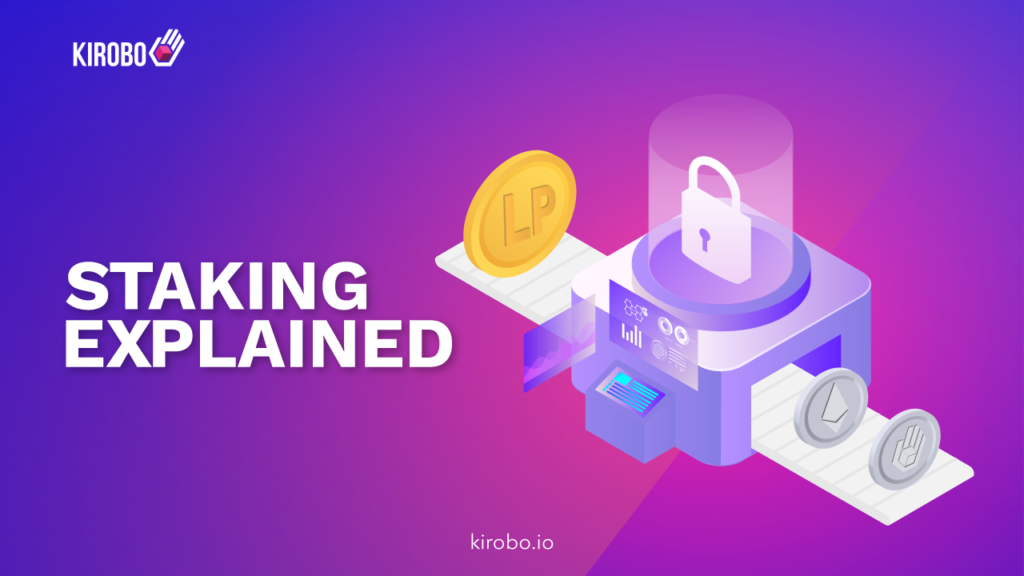In the current crypto landscape, providing liquidity to DeFi protocols is one of the most profitable activities. This is thanks to the automated market maker (AMM) protocol, which provides traders with instant liquidity anytime they want to trade. The term ‘liquidity provider’ wasn’t born with crypto, but the crypto market is giving it new life and putting it center stage. 


What is a CEX?
CEX stands for centralized exchange, and these are the models that the DEX was created to break. These exchanges are owned and run by central companies which hold the funds and perform the operations. All centralized exchanges work with the order book model. Traders post their bid and ask orders for a specific amount at a specific price, and the algorithm executes matching orders. With these exchanges, all funds must be deposited in an exchange wallet. DEXs, on the other hand, never hold the funds of the users; they trade directly from their own wallets. While CEXs allow for faster trading with high liquidity, they come with risks. For example, they are more attractive to hackers because they hold enormous amounts of cryptocurrency.What is DeFi?
First, what is DeFi? It means ‘decentralized finance’, which refers to the creation of traditional financial market services via blockchain technology. It’s become a movement, defying the old school and creating a new financial ecosystem that anyone can take part in. The goal of DeFi is to provide open access to financial markets to anyone, with no third parties, no intermediaries, and no censors. All operations are transparent and recorded on a blockchain. This way, these services are not only available to anyone regardless of who or where they are, but are also faster, completely automated and fully decentralized. DeFi protocols use smart contracts to create and manage financial products and services that are non-custodial in nature.Join Kirobo community chat
What is a DEX?
Decentralized exchanges, as the name implies, are venues where cryptocurrencies can be traded on a peer to peer basis. DEXs were the first applications of Ethereum’s smart contract capabilities. EtherDelta was one of the first DEXs to gain widespread recognition. It uses the old order book model, as do its centralized counterparts, but in a peer-to-peer manner, managed by a smart contract. Order books are pretty efficient in centralized markets and have worked for centuries. In the crypto space, however, they quickly proved to have the opposite effect. The low number of users resulted in low liquidity, which made the exchanges difficult to use, and the lack of liquidity drove users away. This vicious cycle necessitated a new solution. The solution that appeared was the automatic market maker protocol, or AMM. This protocol became popular in 2020. The first AMM-based exchange was Uniswap, which was initially launched in late 2018. Unlike order book-based exchanges, AMM exchanges rely on liquidity pools in which users deposit pairs of tokens and are rewarded a fee for every market transaction in which they participate. With the rise of DeFi, Uniswap became more popular, and alternatives using the AMM model were launched. SushiSwap also marked an important milestone in AMM history by introducing a native token and staking benefits.Being a liquidity provider
As we mentioned, liquidity providers (LP) deposit funds in the form of token pairs, powering the exchange’s ecosystem. This takes place mainly in DEXs like Uniswap, SushiSwap, and PancakeSwap. Let’s take a look at the pros and cons of participating in liquidity pools.
Pros of being a liquidity provider
- Great opportunities: Liquidity providers get paid for their service, and given the popularity of DEXs – which also work as a gateway to other DeFi protocols – providing liquidity to the right trading pair can offer really high benefits in very little time.
- Low entry barriers: Unlike traditional finance, almost anyone can act as an LP. You don’t need to start out with millions, but rather deposit small accounts and slowly make bigger profits. However, keep in mind that rewards are paid proportionately, according to how much you put in.
- Financial freedom: Although funds are locked when you deposit them in the smart contract, they can be withdrawn anytime. If you don’t want to continue providing liquidity for a certain pair, you can take it back.
Cons of being a liquidity provider
- You could lose money: All financial operations carry a certain degree of risk. When providing liquidity to LPs, you could suffer an impermanent loss. When prices change, the ratio of coins in the pool varies. So if you withdraw at a different price, the nominal amount of each token will be different from the one you deposited first.
Kirobo staking lets you make more money with your money!
As a liquidity provider, you’ll receive an LP token from Uniswap that represents your share in the pool. Kirobo offers a better way to get rewarded for that service – you can lock your LP token in a smart contract and make up to 230% APY for the service. You receive the reward in KIRO from a pool that pays out a total of 500,000 KIRO a month to stakers. To sum up: you just need to add liquidity to KIRO/ETH pairs in the KIRO/ETH pool on the Uniswap V2 exchange and your crypto will generate…more crypto! A typical APY is up to 230% (figure subject to change). There is no minimum amount to deposit on Uniswap, so anyone can participate in it and start earning profits. As you advance and get rewards, you can increase your stake and multiply your income. For a step-by-step guide to staking with Kirobo, just click here.